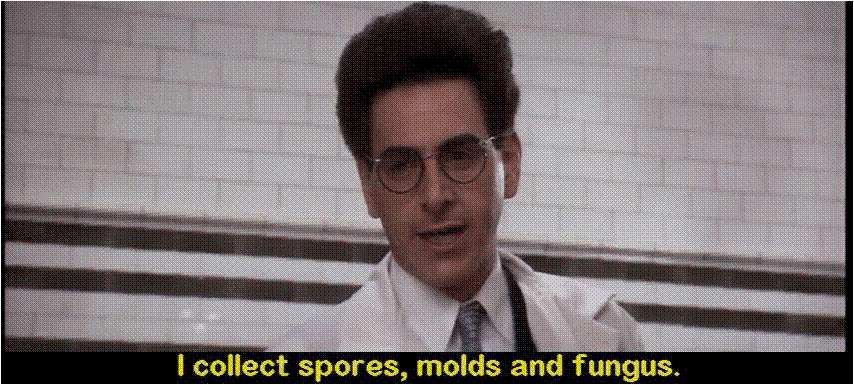
30 years on, Ghostbusters is still a fantastic movie.
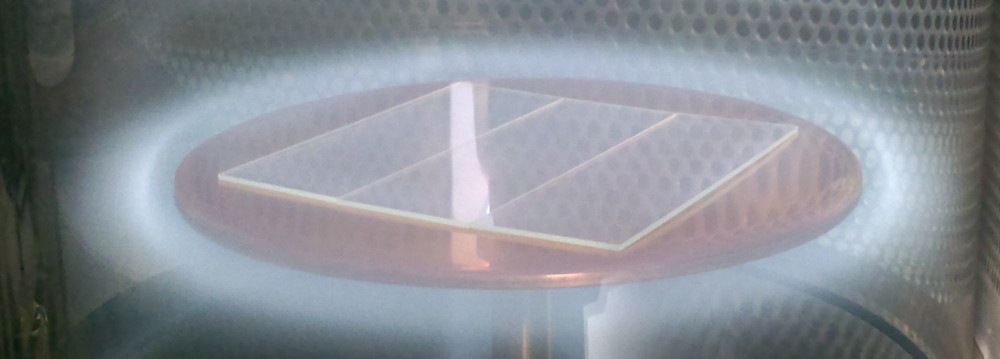

30 years on, Ghostbusters is still a fantastic movie.

My inspiration for the logo was Candida albicans stained by Calcofluor white: a fluorescent stain for chitin.

I’m pleased to announce that I will be leading research on antifungal surfaces under MSIG: The Mycology / Surface Interface Group.
More information on MSIG and other research can be found on the Mawson Institute Web Page. In particular, Group Leader web pages have now been updated. Please click here or the image below to go to the Coad Laboratories page.
NB. Updated 8/5/17. Removed old links to now missing web pages. Please see “Contact Info” for the latest information.
Please follow this link for the job description and application for a Research Associate (Biomaterials Biology) at the University of South Australia, Adelaide.
In short, the position is part time, 0.7 full-time equivalent, for 3 years.
Just published in RSC Advances, a new paper from work I did with Johan Linden, Mikael Larsson, Bill Skinner, and Magnus Nyden:
Polyethyleneimine for copper absorption: kinetics, selectivity and efficiency in artificial seawater
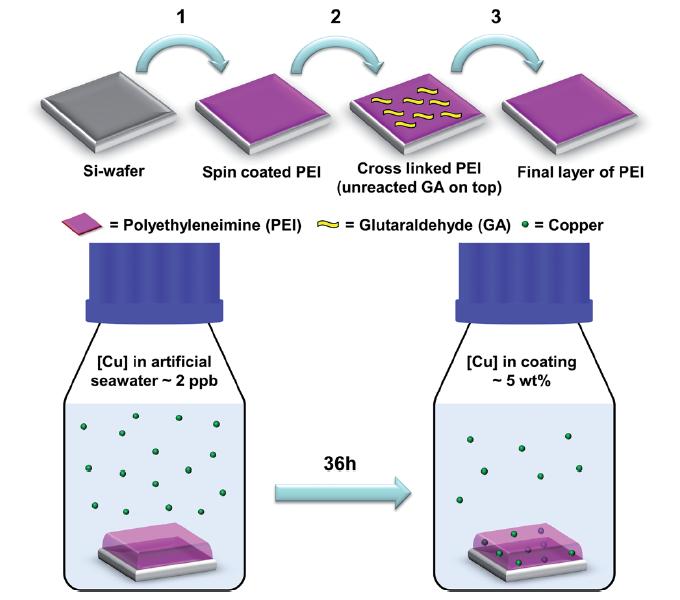
image copyright Royal Society of Chemistry
The surprising result was that a simple, industrial polymer was so effective at first binding metal ions but then, over time, having a greater affinity only for copper leaving the film to be enriched only in this metal.
Thus, copper can be scavenged selectively from low concentration seawater solutions. This has implications for removal of toxic copper from marinas — an environmental problem caused by leaching of copper from antifouling marine coatings.
In last night’s budget, the Australian Government has reduced funding for Cooperative Research Centres (CRCs) by $80 million in coming years. A result has been the cancellation of the 2014-2015 round.
http://www.crc.gov.au/Pages/default.aspx
http://www.industry.gov.au/AboutUs/Budget/Pages/PBS-2014-15.aspx
As I have been involved in potentially 2 CRC bids this year, the announcement has come as a surprise. The finishing touches were just being organised for the bidding process which was set to close in July. Ongoing work and planning has been accelerating in the past many months with long term, strategic planning, over years. One CRC bid team I have been involved has invested huge amounts of time, a substantial amount of money, energy, and effort in establishing links with commercial partners and attracting media and state government interest in preparing for the current round. This effort will not have to be redirected to other schemes that will not be as impactful.
This could send a mixed message to committed industry partners about the government supported options for partnering with Universities. It also seems contradictory to Christopher Pyne’s “Excellence in Universities” speech, 7th December, 2011
https://www.liberal.org.au/latest-news/2011/12/08/excellence-universities-christopher-pyne-speech
In this speech, Mr. Pyne touted the success of the Mining CRC and offered it up as a model of the importance of industry/university collaboration for creating jobs and driving innovation in the manufacturing sector.
Last night’s budget was intended to be for the good of the country; however, this move raises questions about how the current government intends to provide incentives for Universities and industry to partner and get University research translated into innovative outcomes for the benefit of all Australians.
One Step ATRP Initiator Immobilization on Surfaces Leading to Gradient-Grafted Polymer Brushes
by Bryan Coad, Katie Styan and Laurence Meagher
Just came out in ASAP (as soon as publishable)
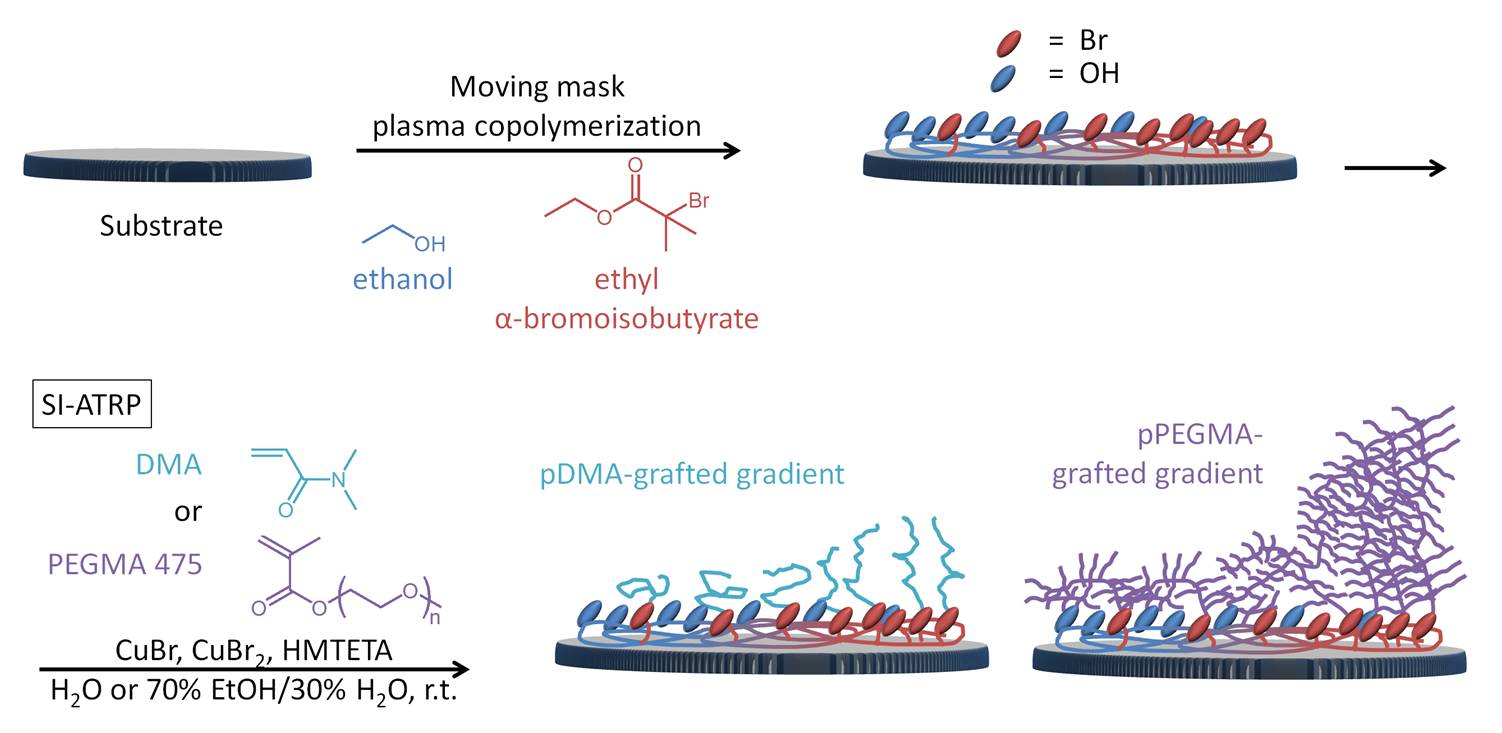
Image copyright the American Chemical Society
Link is here (requires a subscription for full text): http://pubs.acs.org/doi/abs/10.1021/am501052d
If you don’t have a subscription, follow this link as a limited number of full text copies are available:
http://pubs.acs.org/articlesonrequest/AOR-CB5HTBqSBR89C48fJEtH
Two student project descriptions have been added to the Projects page. Please contact me if you are interested.
The Australasian Society for Biomaterials and Tissue Engineering Conference (ASBTE) was held in Lorne, Victoria 22nd – 24th April, 2014.
I presented on the relevance and importance of fungal pathogens in the design of implantable antimicrobial biomedical devices.
Highlights of the conference included presentations from researchers who are taking biomaterials from the lab into the clinic such as Dr. Ron Chatelier from Universal Biosensors and Prof. Steven Prawer form the Melbourne Materials Institute talking about development of the bionic eye.
My official duties had me presenting the awards for best poster presentations and re-election to the ASBTE committee.
The conference dinner was also a highlight and the weather in Lorne held out to make for some nice pleasant days.
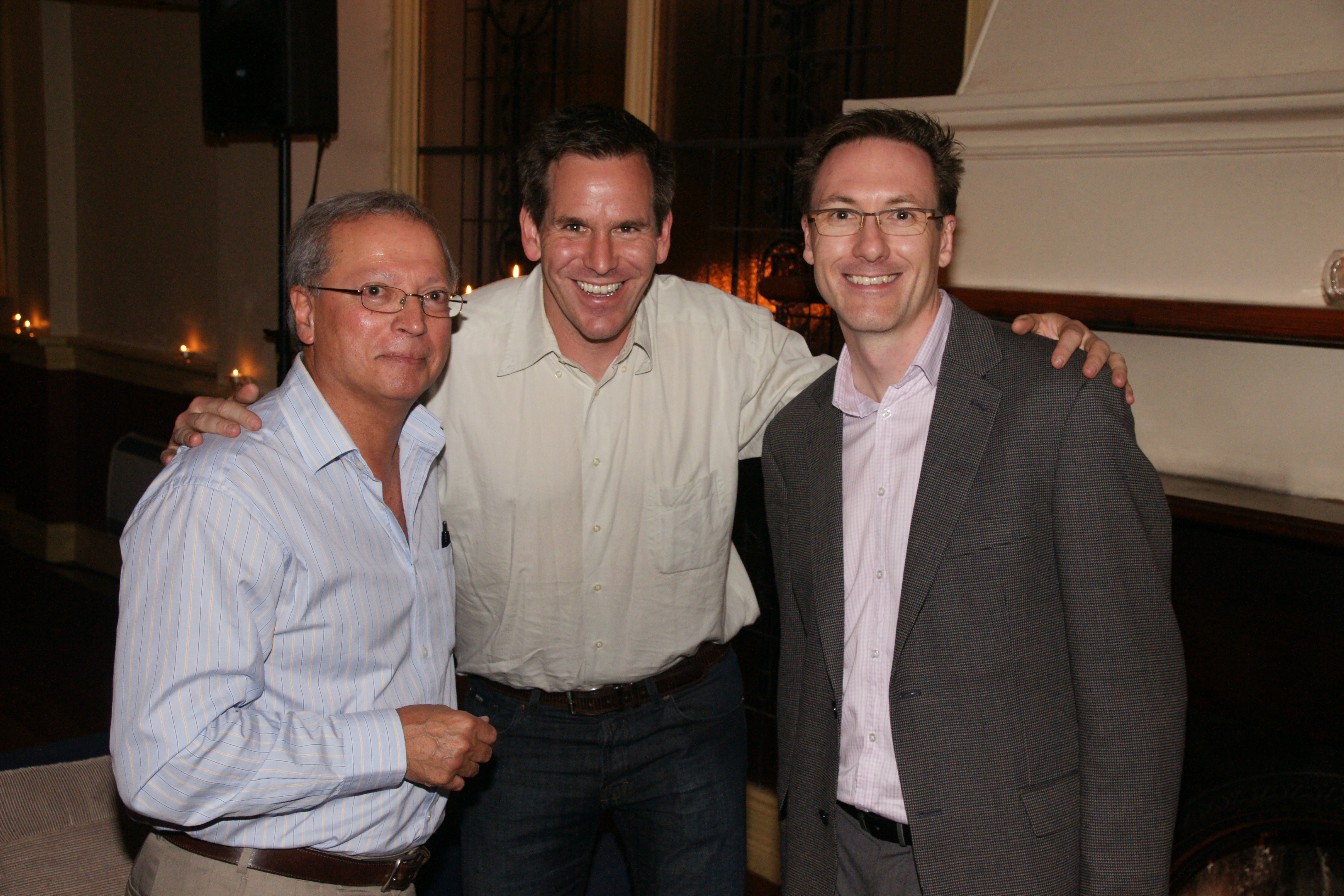
Jerome, Nico and myself at the conference dinner. (photo credit: Keith McLean)
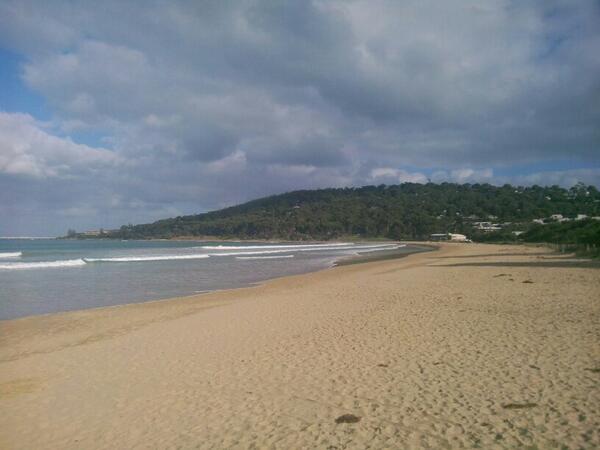
A quick break between sessions to take in the scenery and fresh air in Lorne.
The Australasian Society of Infectious Diseases conference was held in Adelaide 26th to 29th March 2014.
I presented a poster entitled “Current Challenges in the Design of Effective Antifungal Surfaces” on behalf of co-authors Sarah Kidd, Stefani Griesser, David Ellis and Hans Griesser.
The aim of my conference attendance was to push the boundaries of interdisciplinary research. I think that bringing materials science research to the attention of clinicians and infectious disease researchers would provide a new perspective on the health problem of infected biomaterials.
%20(800x164).jpg)